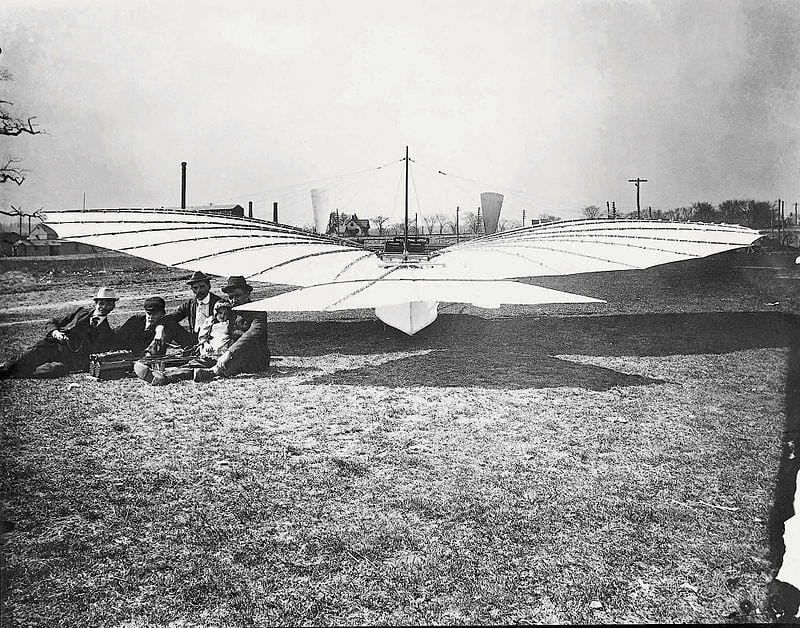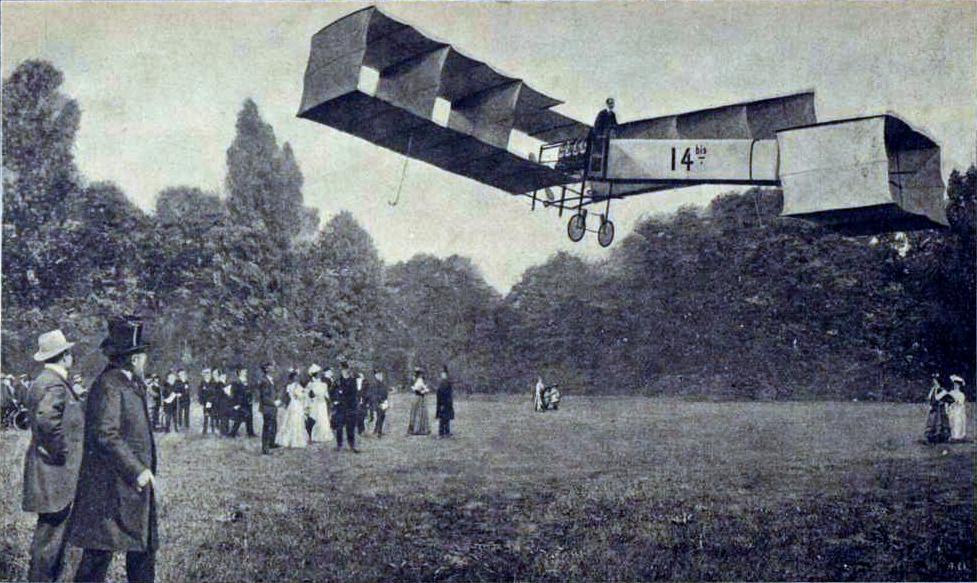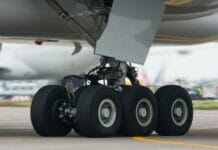It should be relatively easy to recognize first inventions, especially if they were made already during the era of journalism. However, do you really know who made the first functional airplane? The default answer is Wright brothers from U.S. but many people from around the world disagree. Here are some competing versions about the first real airplane inventor.
First of all, we have to say that birthday of an airplane is not when it is completed, but when it takes off for the first time. And so, who was the one to take off with an airplane for the first time? Of course, if you look at the history books, it was Wright brothers.
Orville Wright and Wilbur Wright made an aircraft called Wright Flyer I. It was an elegant machine, which took off for the first time in December 17th, 1903. This is the official birthday of an airplane, although that day brothers could only fly for some seconds and not very far at all. However, this is not the reason why some claim that Gustave Whitehead, German engineer, was the actual inventor of an airplane.

The story goes that Gustave Whitehead took off with his Condor airplane sometime in August 1901 – two years before the Wright brothers. Whitehead, whose original name was Weisskopf, wanted to make a flying car, which is essentially what he did in 1900. Condor No.21 had two engines – 20 hp for flying and 10 hp for driving on streets. Wings could be folded away like a traditional hand fan and were not in a way when Condor was driving as a normal car. But it wasn’t a normal car – some sources claim that it actually took off.
In August 1901 Whitehead took his Condor No.21 out on a field and took off in front of several witnesses. He completed several flights, the most successful of which lasted for about a mile (1.6 km). Whitehead managed to reach impressive altitude of 15 metres. Early next year Whitehead took off again with his airplane in front of 17 witnesses. However, today no one believes he was actually the first one to do it. Why? There is no evidence.

One journalist from Bridgeport Herald saw the first flight and was swearing that Whitehead really took off. However, there are no pictures. While some remember seeing them, you just cannot find any, except some sketch once printed in a newspaper. Furthermore, even Whitehead’s wife did not see the machine flying, although she remembered her husband telling her that he successfully took off with his Condor No.21. But it just doesn’t sound believable. Why no one took pictures of the event? Why he never completed another flying machine? Some experts looked at the pictures of the Condor No.21 (why are there pictures of it standing, but not flying) and determined that wings are not the right shape and construction to lift such machine.
Another candidate to claim position of the airplane inventor was Karl Jatho – yet another German engineer. He supposedly took off in August 18th 1903 – months before the Wright brothers. The first flight only lasted for 18 metre distance at 1 metre altitude, but first flight is the first flight. Furthermore, it is said that Jatho continued to conduct regular flights until November, flying further and further every time. And we know he was actually flying – this is not some potentially made up story like the one of Whitehead’s flight. So why no one considers Jatho the actual inventor of the airplane?
The problem here is that Jatho’s flights were not that impressive. In fact, common opinion is that they were not controlled and biplanes and triplanes that he tested were just gliding. It can be confirmed by Jatho’s own statement – he stopped flying because he could not improve his distance anymore because of weak engines. But even a short distance flight should be considered the first, shouldn’t it? Some experts say that despite the engine running, Jatho’s planes could not be considered examples of a powered flight.
Finally, Brazilians and many European people believe that some credit for invention of the plane should go to Alberto Santos-Dumont, who took off with his 14-Bis in November 1906. It is because this Brazilian inventor took off from the ground without assistance and flew for solid 220 metres in his demonstration in Paris. Wright brothers took off using some tracks and a catapult, wind was necessary for their success as well. However, when Santos-Dumont performed his graceful flight, Wright brothers could stay in the air for more than half an hour.
Regardless of these stories, it is still hard to believe how far we’ve came from those days. Flight is cheap and attainable for virtually everyone. And aviation moved on so quickly – Orville Wright lived to see the first supersonic flight.




